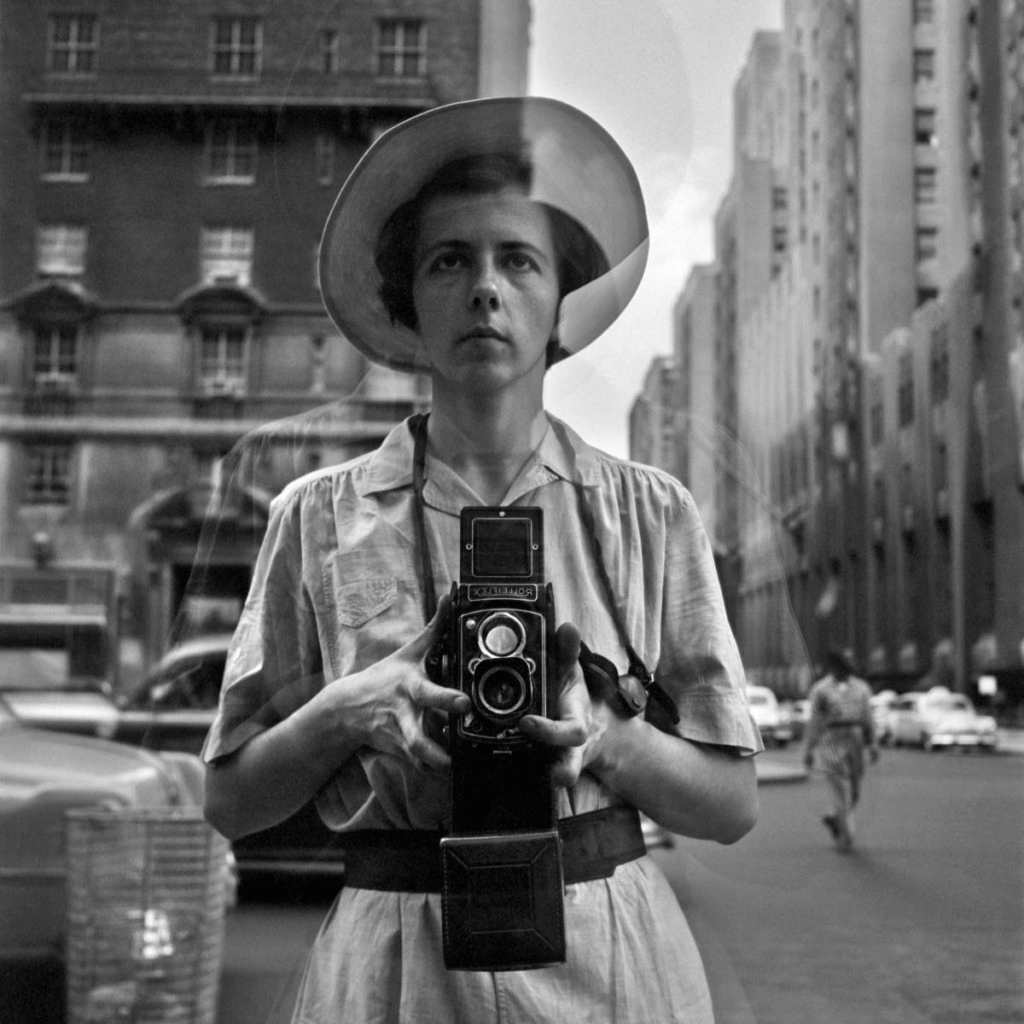The Facts About Framing Streets Uncovered
Wiki Article
How Framing Streets can Save You Time, Stress, and Money.
Table of ContentsThe 9-Second Trick For Framing StreetsLittle Known Facts About Framing Streets.Little Known Facts About Framing Streets.The Of Framing StreetsFraming Streets for DummiesThe 9-Minute Rule for Framing Streets
, usually with the purpose of catching pictures at a crucial or touching moment by mindful framing and timing. https://filesharingtalk.com/members/590940-framingstreets1.Getting The Framing Streets To Work
Susan Sontag, 1977 Street photography can concentrate on people and their habits in public. In this regard, the street professional photographer resembles social documentary digital photographers or photojournalists that additionally operate in public areas, but with the goal of capturing newsworthy occasions. Any of these professional photographers' images may catch individuals and residential or commercial property visible within or from public areas, which often requires navigating honest problems and regulations of personal privacy, safety and security, and building.Depictions of everyday public life form a style in virtually every duration of world art, beginning in the pre-historic, Sumerian, Egyptian and very early Buddhist art durations. Art managing the life of the road, whether within sights of cityscapes, or as the dominant motif, appears in the West in the canon of the North Renaissance, Baroque, Rococo, of Romanticism, Realistic look, Impressionism and Post-Impressionism.
Framing Streets for Beginners
Louis Daguerre: "Blvd du Temple" (1838 or 1839) In 1838 or 1839 the very first photo of figures in the road was taped by Louis-Jacques-Mand Daguerre in one of a set of daguerreotype sights taken from his workshop window of the Blvd du Holy place in Paris. The second, made at the height of the day, reveals an uninhabited stretch of road, while the other was taken at concerning 8:00 am, and as Beaumont Newhall reports, "The Boulevard, so constantly full of a moving bunch of pedestrians and original site carriages was completely singular, except a person that was having his boots cleaned., who was influenced to take on a comparable paperwork of New York City. As the city established, Atget aided to promote Parisian streets as a deserving topic for digital photography.

Not known Details About Framing Streets
The principal Mass-Observationists were anthropologist Tom Harrisson in Bolton and poet Charles Madge in London, and their very first record was produced as guide "May the Twelfth: Mass-Observation Day-Surveys 1937 by over 2 hundred observers" [] Home window cleaner at Kottbusser Tor, Berlin, by Elsa Thiemann c. 1946 The post-war French Humanist College professional photographers located their subjects on the street or in the restaurant. Andre Kertesz.'s commonly appreciated Images la Sauvette (1952) (the English-language version was titled The Decisive Moment) promoted the idea of taking a photo at what he described the "crucial minute"; "when kind and material, vision and structure merged into a transcendent whole" - copyright a9iii.The Best Guide To Framing Streets
, then an instructor of young youngsters, associated with Evans in 193839.'s 1958 book,, was considerable; raw and often out of emphasis, Frank's photos examined mainstream photography of the time, "challenged all the formal policies laid down by Henri Cartier-Bresson and Pedestrian Evans" and "flew in the face of the wholesome pictorialism and wholehearted photojournalism of American publications like LIFE and Time".Report this wiki page